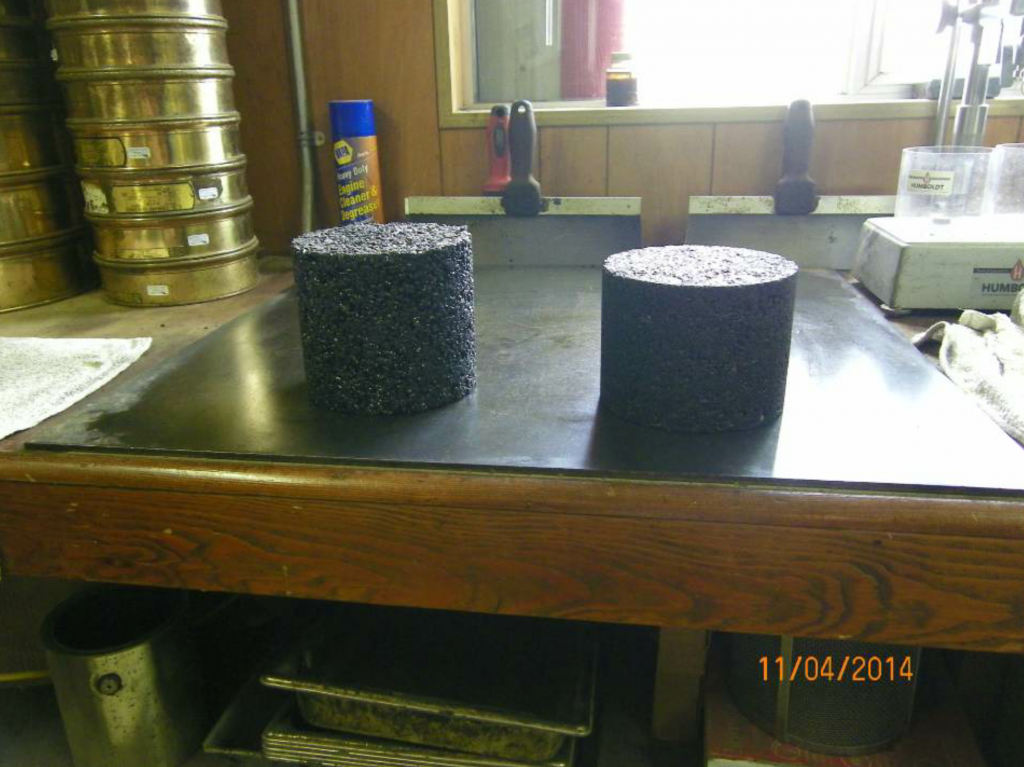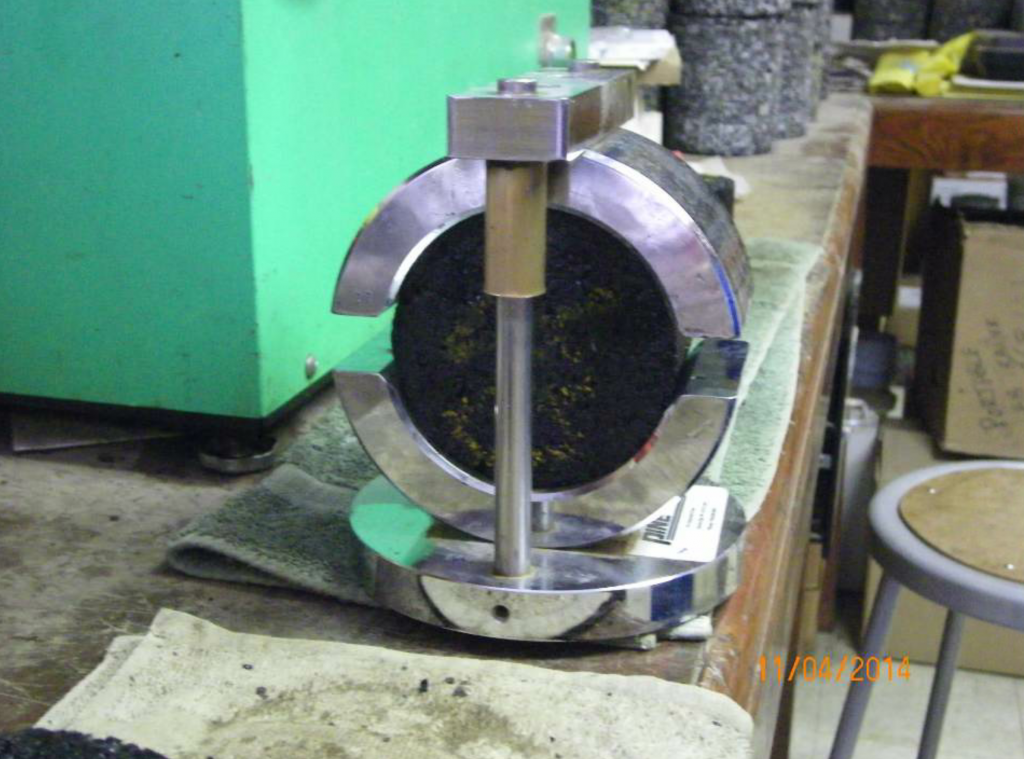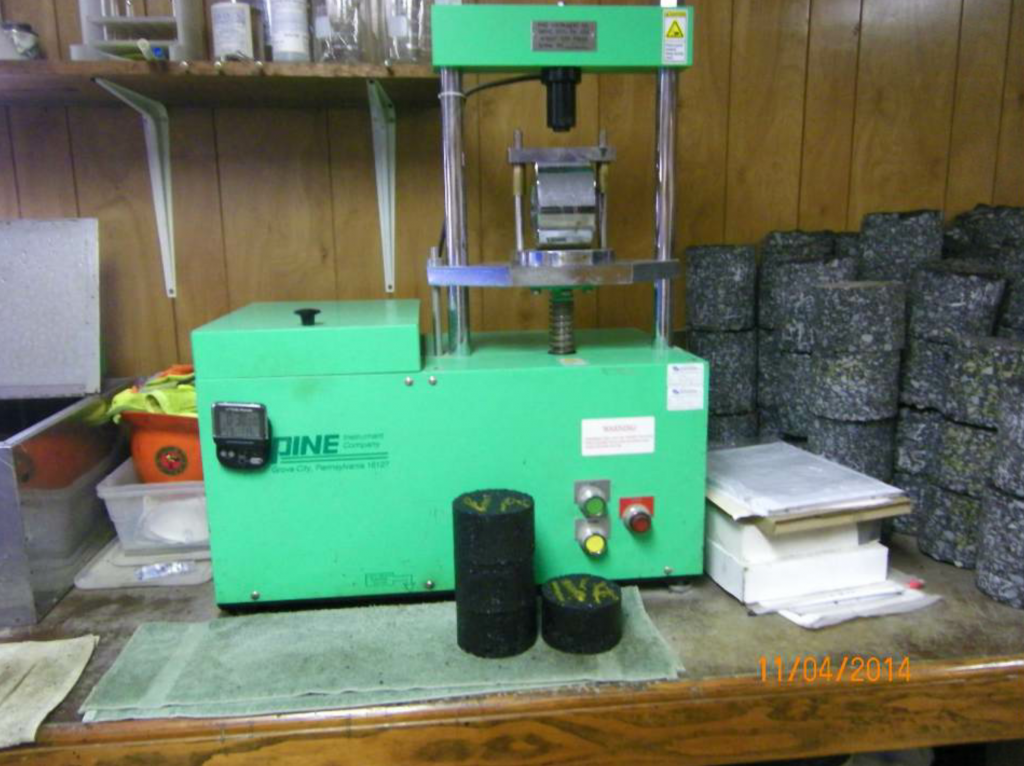Asphalt Institute Ms-4 Mix Design Manual 7th Edition Free Download
Hawaii Asphalt Pavement Association Executive Director John Young explains components of a job mix formula for dense-graded mixes–a must read introduction to JMFs.
The objectives of paving with an asphalt mix are to get a smooth, quiet ride with good strength, stability, and durability; with no rutting, shoving, or flushing; and with no cracking or raveling. We achieve these objectives by manipulating the asphalt binder and the aggregate, and the ratio between them, via the mix design. City/county, state and federal letting agencies want to be sure the mix you place will meet their specifications before you start producing tons of it.
Consider this direct quote from specifications in a Hawaiian city:
"The contractor shall submit for approval, a job-mix formula for each asphalt concrete mixture to be supplied for the project. The job-mix formula for each mixture shall establish a single percentage of aggregate passing each required sieve size and a single percentage of bituminous material to be added to the aggregate."

Here you see HMA mix specimens, with OGFC specimens on the left and dense-graded mix specimens on the right.
The job mix formula (JMF) submittal is the mechanism to confirm that the mix being produced is in accordance with the project specifications.
We'll first define three types of mix designs.
Dense-graded mixes are the most common. They incorporate well-graded aggregate and 5 to 6 percent asphalt binder (by weight of mix). They are designed to be impermeable, which means they minimize water getting to the layer below them.
Gap-graded mixes, such as stone matrix asphalt (SMA), provide an excellent surface course. They incorporate gap-graded aggregate, 6 to 7 percent asphalt binder (by weight of mix), and are designed to be impermeable.
Case Study: the Plant Permitting Process
Open-graded mixes offer good wearing, base or intermediate courses. They incorporate crush stone or gravel and anywhere from 5 to 10 percent asphalt binder (by weight of mix). These mixes are designed to be permeable, which means they allow water to flow through them. You'll hear them referred to as porous asphalt and open-graded friction courses, which offer the safety features of reduced back spray and reduced hydroplaning during wet driving conditions.
This article will discuss the components of a JMF for dense-graded mixes. Let's start with a discussion of the asphalt binder, the aggregates, and the ratio between the two.
First consider the binder
Asphalt binder is the liquid asphalt cement (AC) added to the mix. The main purpose of the binder is to completely coat the surface area of the aggregate. This will waterproof the aggregate.
It is critical to use the optimum AC content in the mixes. Too little AC in the mix can leave portions of the aggregate uncoated. This results in a lack of durability and strength, and can lead to raveling or stripping. Too much AC in the mix results in a needlessly expensive mix, rich spots or bleeding, lowered skid resistance, and rutting or shoving of the pavement. In other words, the performance of the pavement depends on how much asphalt binder is in the mix.
- Mix design methods are generally distinguished by the way in which they determine the optimum asphalt binder content. The general process can be subdivided into:
- Make several trial mixes with different asphalt binder contents.
- Compact these trial mixes in the lab. This compaction is meant to be a rough simulation of field conditions.
- Run lab tests to determine key sample characteristics.
- Pick the asphalt binder content that best satisfies the mix design objectives.
Once the optimum asphalt binder content has been determined, the voids in mineral aggregate (VMA) needs to be checked. The owner/agency specifications will indicate the required minimum VMA for your project. VMA is the intergranular space occupied by asphalt and air in a compacted asphalt mixture. In a component diagram, it is the sum of the volume of air and the volume of effective asphalt.

This is the Pine Test Equipment automated 4-inch and 6-inch Marshall Stability & Flow press with recorder. Also pictured is a 4-inch Marshall Stability & Flow compression (breaking) head with a Marshall specimen.
When viewed as an equation, Vbe is effective binder and Va is air. The design Va is typically 4 percent, but the Vbe will vary depending on the size of the aggregate. The aggregates used in finer mixes have more surface are than the larger aggregates used in coarser mixes; therefore, the finer the mix, the higher the VMA requirement. The owner/agency specifications will indicate the required minimum VMA for your project.
We also measure the voids filled with asphalt (VFA). This is the percent of VMA that is filled with AC. If the voids that are full of AC are too few, the pavement won't hold up. In other words, if the VFA is too low, that's an indication that there isn't enough asphalt to provide durability.
Meeting both the VMA and VFA is critical to the success of a job mix.
Now consider the aggregates
The specification will have a gradation requirement for the mix. The requirements are established to provide the proper proportion of different aggregate sizes that will allow the aggregates to make an excellent interlocking structure. Not only do the aggregates have to meet a specified gradation, they must also meet consensus aggregate properties and source aggregate properties.

This is the Pine Test Equipment automated 4-inch and 6-inch Marshall Stability & Flow press with recorder. Also pictured is a 4-inch Marshall Stability & Flow compression (breaking) head with a Marshall specimen.
Consensus aggregate properties include the coarse aggregate angularity, the fine aggregate angularity, the flat and elongated particles and the clay content.
The source aggregate properties include the toughness and soundness, which both serve a purpose. The deleterious materials found in the source also matter.
Another consideration is the moisture sensitivity of the mix, which affects its propensity for stripping. If the propensity for stripping is high, an anti-stripping agent will need to be added during the mixing process.

This Barnsted-Thermolyne 18-cubic-foot drying and heating oven has several samples and specimens of mix being heated and aged for testing.
Lastly, when preparing the JMF submittal, you will determine the unit weight of the mix. This is important for production and the contractor will use this to determine yield when paving.
As mentioned above, the specifications tell you what to submit. Each owner/agency has rules and requirements you have to adhere to. When you have the JMF submittal ready, double-check it to make sure it's complete and to make sure it complies with the agency's specification. You can get more information from the Asphalt Institute's MS-2 Asphalt Mix Design Methods, 7th edition book. The manual is considered the basis for mix design. Above all else, make sure you have followed your agency's spec.
Asphalt Institute Ms-4 Mix Design Manual 7th Edition Free Download
Source: https://theasphaltpro.com/articles/understand-the-job-mix-formula/

0 Response to "Asphalt Institute Ms-4 Mix Design Manual 7th Edition Free Download"
Post a Comment